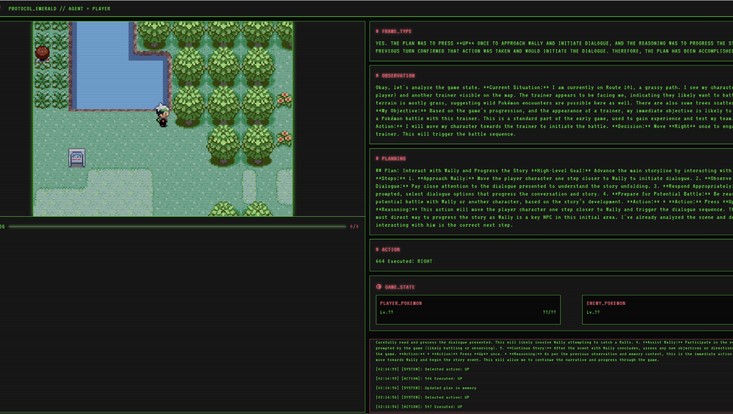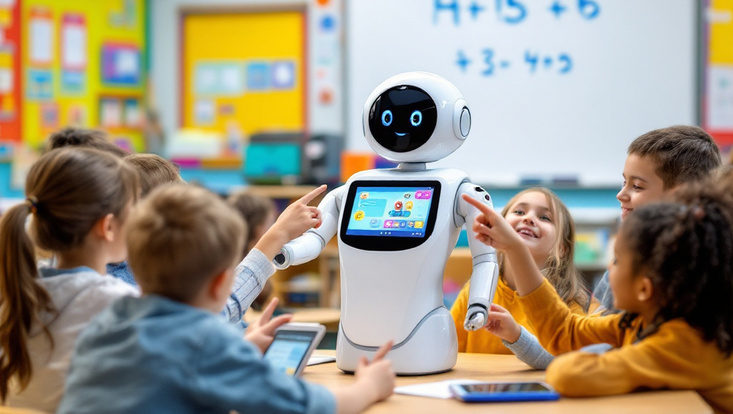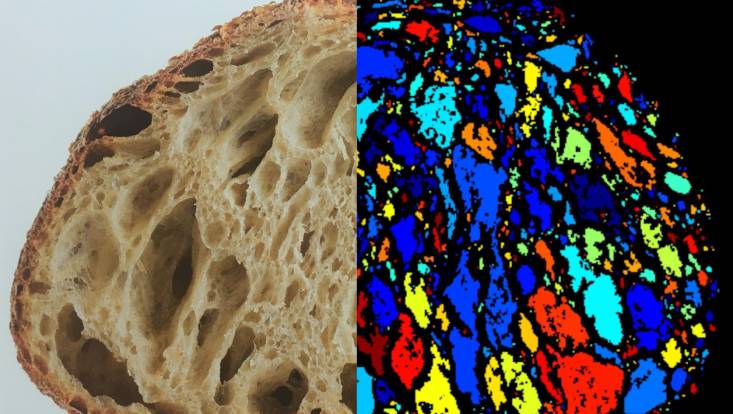Projekt vorschlagen
Das Lab ist offen für jegliche Form der studentischen Initiative mit Bezug zu den base.camp-Themen und gerne auch mit interdisziplinärem Bezug zu anderen Forschungsfeldern, Fachbereichen und Fakultäten der Universität Hamburg und darüber hinaus. Jeder ist mit seinen Ideen willkommen. Es können eigene wissenschaftliche Projekt durchgeführt und eigene Ideen prototypisch umgesetzt werden. Gerne gesehen sind vor allem interdisziplinäre Probleme, die sich nur im Zusammenspiel unterschiedlicher Disziplinen, aber immer mit Informatikbezug lösen lassen.
Es muss zudem nicht immer ein klarer Nutzen hinter base.camp-Projekten stehen. Es geht um das Learning-by-Doing
, um schnelle Zyklen der prototypischen Entwicklung und natürlich auch darum aus dem Scheitern zu Lernen und es im nächsten Zyklus besser zu machen.
IAS Studenten können das base.camp Projekt nicht belegen, dafür aber das IAS Äquivalent, die Independent Studies.
Projektstart
- Die Studierenden (Einzel- oder Gruppenprojekt) erstellen eine kurze Projektbeschreibung (4–6 Seiten). Diese enthält:
- Eine Problembeschreibung und die Projektidee (Interdisziplinarität großer Pluspunkt)
- Skizze der Lösung (Aufbau, Infrastruktur, Frameworks)
- wie der Prototyp aussehen wird
- Arbeitsplan (ein Projekt sollte in ca. 6 Monaten abgeschlossen werden können)
- Hinweise, was ihr vom base.camp erwartet (Rechenpower, Betreuung)
- Vorlagen für Projektbeschreibungen finden sich hier als DOCX, ODT, LaTeX oder Typst.
- Ihr findet eine fachliche Betreuung für das Projekt; das kann bspw. eine wissenschaftliche Mitarbeiterin am Fachbereich oder auch eine qualifizierte externe Person sein.
- Das base.camp Board stimmt über die Eignung der Projekte ab.
- Das Projekt wird offiziell im Studienbüro angemeldet und kann im Rahmen des base.camp-Moduls zu 3, 6 oder 9 CP (je nach Umfang) im freien Wahlbereich abgerechnet werden.
- Die Bearbeitung im Lab kann beginnen. Hierfür stimmen sich die Projektteilnehmer mit dem base.camp ab, um die nötigen Ressourcen zu bekommen.
Projektdurchführung
Die Projektteilnehmer können ihr Projekt frei bearbeiten. Es muss aber in regelmäßigen Abständen über den Projektfortschritt berichtet werden, um den Zugang zum base.camp nicht zu verlieren.











